Wash up.
Always, always wash your hands before cooking. Use plenty of anti-bacterial soap and lather for at least 20 seconds. Wash them again every time you’ve handled raw meat, before touching anything else.
Keep your fridge and freezer at the right temperatures.
You fridge should be at or below 4˚C; your freezer should be below -18˚C.
Don’t wash chicken.
Cooking your chicken properly will kill any bacteria, so there’s no need to wash it, potentially splashing bacteria-filled water around your kitchen.
Invest in a few cutting boards.
Bacteria from uncooked meat, poultry and fish can contaminate cooked foods and fresh produce. An important way to reduce this risk is to use separate cutting boards: one for raw meat, poultry and fish and another for produce and cooked foods.
Don’t cook meat or fish from frozen or partially thawed.
Allow meat and fish to thaw completely before cooking. The safest way to do this is in the fridge. It’s also important to ensure that juices from thawing meat and poultry do not drip onto other food; put them on a plate or in a container to avoid this.
Ensure chicken, fish and pork are thoroughly cooked.
Cooked fish should be opaque and flake easily. Chicken and pork should have no pinkness remaining and their juices should run clear when pierced.
Reheat thoroughly.
If you’re reheating leftovers, whether in the microwave or on the stove, make sure they are piping hot throughout. Microwaves tend to heat food unevenly, so stop and stir every 30 seconds or so.
Put it away.
Perishable food should not be left out at room temperature for more than two hours.
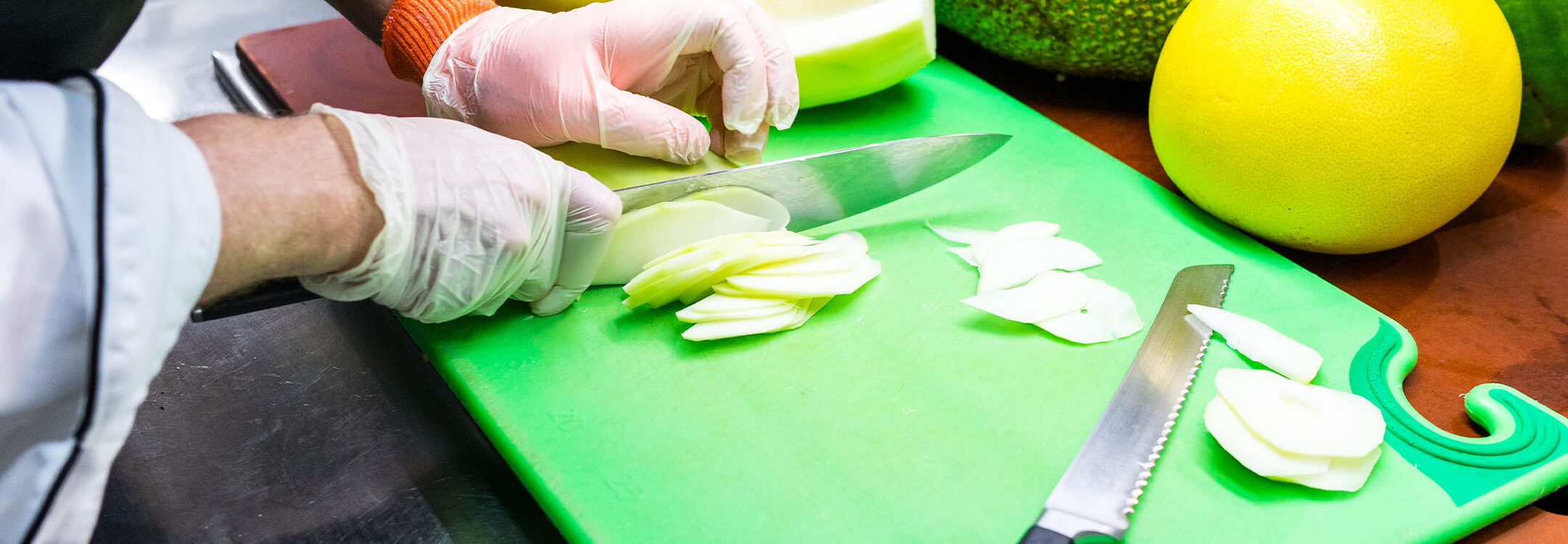
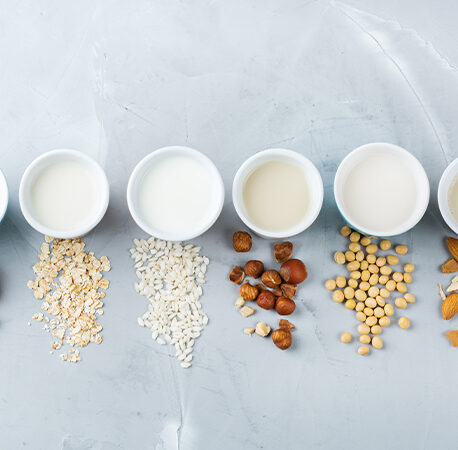
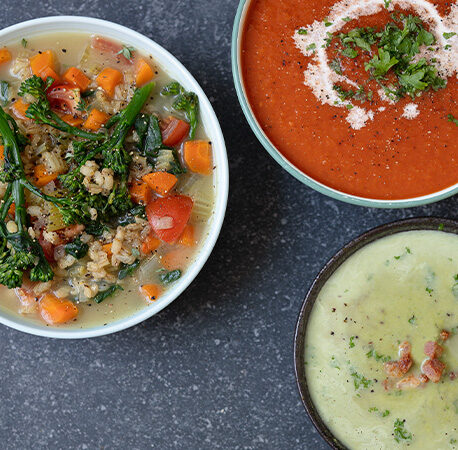

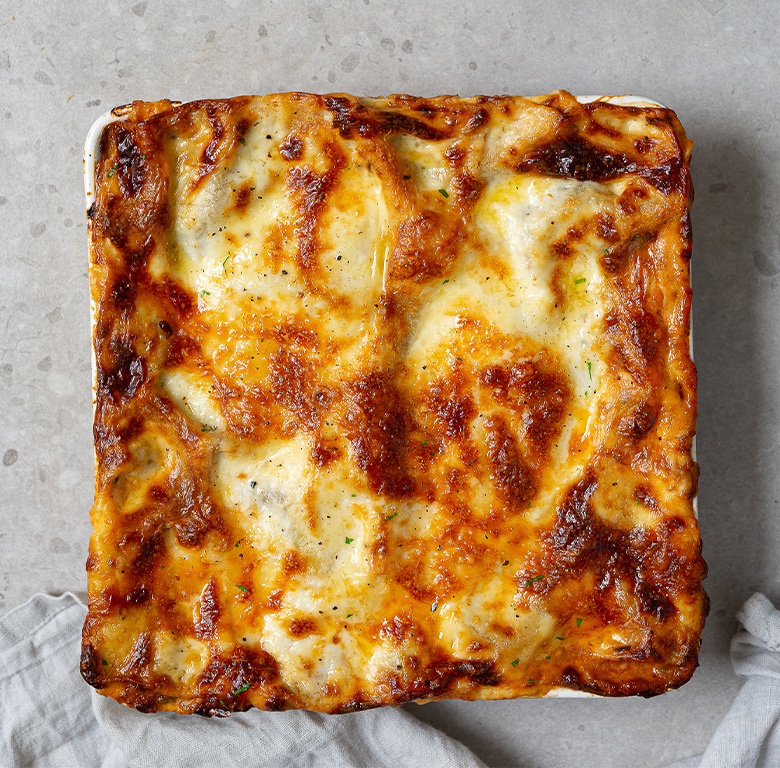
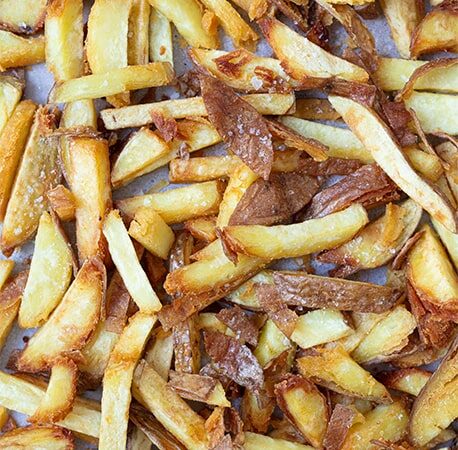
You have to be signed in to comment this post.